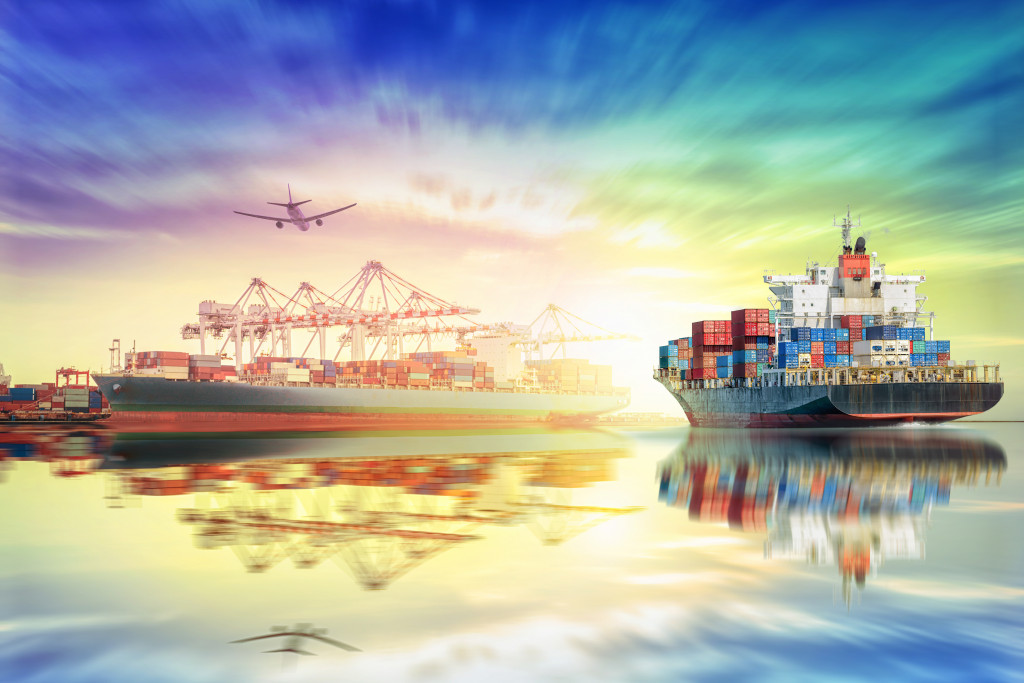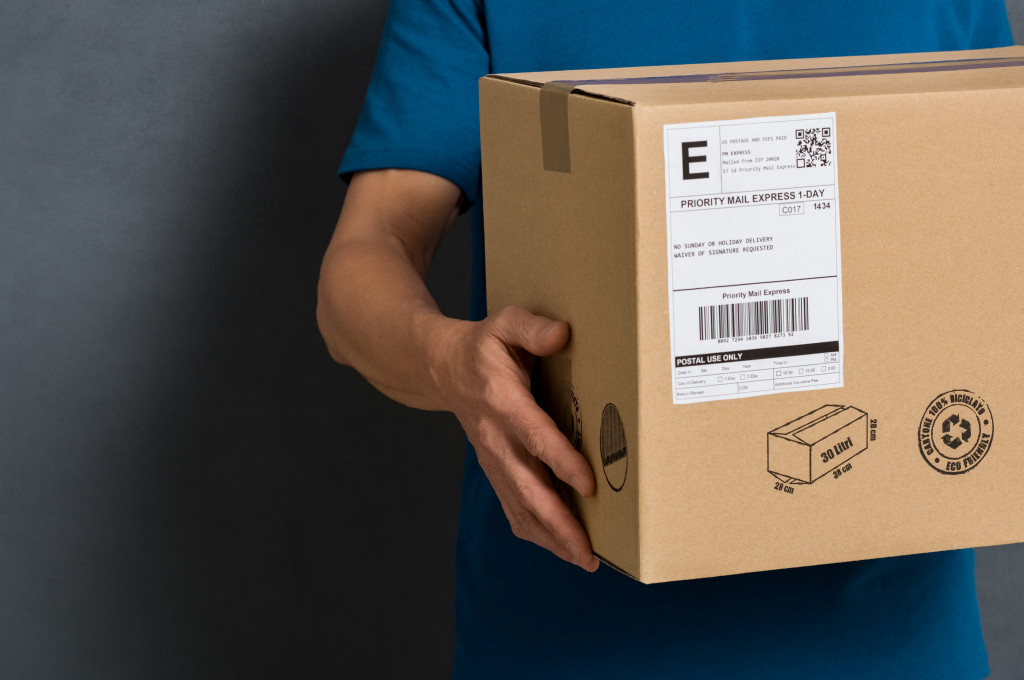• Develop a tailored shipping strategy to meet your budget and time frame expectations.
• Invest in logistics management solutions to track orders and ensure compliance with international customs regulations.
• Choose the best packaging materials for product protection and branding that suit your needs and budget.
• Use a warehouse management system to reduce packing and shipping times while improving accuracy.
To succeed in the online retail business, you need a streamlined system to deliver products to your customers quickly and efficiently. An organized delivery and transportation setup is essential to keep customers happy and increase customer loyalty. This article will explain the steps necessary to create an effective delivery and transport system for your online store.
1. Shipping Strategy
Your shipping strategy should be tailored to meet your specific needs. Consider factors such as budget, time frame, customer expectations, and other essential elements when deciding on the best shipping option for your store. Many options are available depending on your needs, such as standard shipping or expedited delivery services. Consider which service will offer the best value for money while still providing satisfactory customer service.
To sell products internationally, you must research and consider different shipping options for each country. Some countries may require additional paperwork or specific delivery services as part of their regulations. By having a well-thought-out shipping strategy, you can ensure the products are delivered quickly and safely.

2. Logistics Management
Your logistics management strategy should include tracking orders from start to finish. This means having a system in place that allows you to track shipments in real-time so that you can see where they are at all times. Additionally, understanding international customs regulations will help ensure shipments arrive at their destination without any delays due to legal requirements or paperwork issues.
This can be done by working with experienced third-party logistics providers who specialize in international shipping solutions and have expertise in navigating customs regulations worldwide. They can provide valuable insight that will help you streamline the process and reduce potential delays. Just be sure to research potential vendors carefully to ensure they are reputable and have the necessary experience.
3. Packaging Materials
Regarding packaging materials, choosing the right supplies to protect your products during transit is essential. You can also customize them with branding elements like stickers or custom-printed tape for added professionalism and recognition from your customers. Different types of packaging materials are available depending on what kind of items you are selling. Here are some of your options:

a. Bubble wrap
This type of packaging provides cushioning to prevent breakage. It also adds insulation to protect products from extreme temperatures. But be aware that it can be bulky, which can increase shipping costs.
b. Foam sheets
These are lightweight and provide excellent cushioning to protect fragile items during transit. They are also reusable, making them a cost-effective option.
c. Corrugated boxes
These are strong and durable enough to withstand rough handling, making them ideal for heavier items. They also come in different sizes and shapes, allowing you to find the perfect fit for your products.
d. Peanuts
These are great for filling in empty spaces and preventing movement during transit. They also provide additional cushioning and insulation to protect your products from extreme temperatures.
Depending on your needs, you can choose from various packaging materials that will ensure the safe delivery of your products. You can also use a combination of different materials for added protection. If you’re unsure which materials are best for your products, you can seek advice from packaging experts.
4. Warehouse Management
Proper warehouse management is essential for running an efficient delivery system. This includes managing inventory, keeping track of orders, and ensuring that items are shipped out quickly and accurately. Investing in a warehouse management system can help you stay organized and streamline the process of packing and shipping orders to customers.
Many warehouse management systems offer features such as barcode scanning, inventory tracking, automated packing processes, and more. This will save you time and money while ensuring that orders are shipped out quickly and accurately. You can even integrate the system with your e-commerce platform to make it easier for customers to track their shipments.
Implementing an effective delivery and transportation setup for your online store is essential if you want to succeed in e-commerce. It ensures customers receive their purchases quickly and safely while helping build loyalty over time. With the right strategy, logistics management, packaging materials, and warehouse management system in place, you can provide an excellent customer experience and increase efficiency in your business.






